Product Detail
Product NameATF2 Rabbit mAb
Clone No.SZ17-01
Host SpeciesRecombinant Rabbit
Clonality Monoclonal
PurificationProA affinity purified
ApplicationsWB, ICC/IF, IHC, IP
Species ReactivityHu
Immunogen Descrecombinant protein
ConjugateUnconjugated
Other NamesActivating transcription factor 2 antibody Activating transcription factor 2 splice variant ATF2 var2 antibody ATF 2 antibody Atf-2 antibody Atf2 antibody ATF2 protein antibody ATF2_HUMAN antibody cAMP Response Element Binding Protein 2 antibody cAMP response element binding protein CRE BP1 antibody cAMP response element-binding protein CRE-BP1 antibody cAMP responsive element binding protein 2, formerly antibody cAMP-dependent transcription factor ATF-2 antibody cAMP-responsive element-binding protein 2 antibody CRE BP1 antibody CRE-BP antibody CREB 2 antibody CREB-2 antibody CREB2 antibody CREBP1 antibody Cyclic AMP dependent transcription factor ATF 2 antibody Cyclic AMP-dependent transcription factor ATF-2 antibody Cyclic AMP-responsive element-binding protein 2 antibody D130078H02Rik antibody D18875 antibody HB 16 antibody HB16 antibody Histone acetyltransferase ATF2 antibody MGC105211 antibody MGC105222 antibody MGC111558 antibody MGC142504 antibody mXBP antibody MXBP protein antibody Tg(Gzma-Klra1)7Wum antibody TREB 7 antibody TREB7 antibody
Accession NoSwiss-Prot#:P15336
Uniprot
P15336
Gene ID
1386;
Calculated MW54 kDa
Formulation1*TBS (pH7.4), 1%BSA, 40%Glycerol. Preservative: 0.05% Sodium Azide.
StorageStore at -20˚C
Application Details
WB: 1:1,000
IHC: 1:50-1:200
ICC: 1:50-1:200
Immunohistochemical analysis of paraffin-embedded human breast carcinoma tissue using anti-ATF2 antibody. Counter stained with hematoxylin.
ICC staining ATF2 in SW480 cells (green). The nuclear counter stain is DAPI (blue). Cells were fixed in paraformaldehyde, permeabilised with 0.25% Triton X100/PBS.
ICC staining ATF2 in Hela cells (green). The nuclear counter stain is DAPI (blue). Cells were fixed in paraformaldehyde, permeabilised with 0.25% Triton X100/PBS.
ICC staining ATF2 in MCF-7 cells (green). The nuclear counter stain is DAPI (blue). Cells were fixed in paraformaldehyde, permeabilised with 0.25% Triton X100/PBS.
ICC staining ATF2 in PC-12 cells (green). The nuclear counter stain is DAPI (blue). Cells were fixed in paraformaldehyde, permeabilised with 0.25% Triton X100/PBS.
Eukaryotic gene transcription is regulated by sequence-specific transcription factors which bind modular cis-acting promotor and enhancer elements. The ATF/CREB transcription factor family binds the palindromic cAMP response element (CRE) octanucleotide TGACGTCA. The ATF/CREB family includes CREB-1, CREB-2 (also designated ATF-4), ATF-1, ATF-2 and ATF-3. This family of proteins contain highly divergent N-terminal domains, but share a C-terminal leucine zipper for dimerization and DNA binding. ATF-2 forms homodimers and heterodimers with c-Jun to initiate CRE-dependent transcription. Phosphorylation of ATF-2 at Thr 69 and Thr 71 by stress-activated kinases is necessary for transcriptional activation. Myc also induces phosphorylation of ATF-2 at Thr 69 and Thr 71 to prolong the half-life of ATF-2. ATF-2 also functions as a histone acetyltransferase (HAT) by specifically acetylating histones H2B and H4 in vitro. The gene encoding human ATF-2 maps to chromosome 2q31.1.
If you have published an article using product 48678, please notify us so that we can cite your literature.
et al,A study on mechanism of SIRT3 inducing endocrine drug resistance in breast cancer via deacetylating YME1L1
, (2024),
PMID:


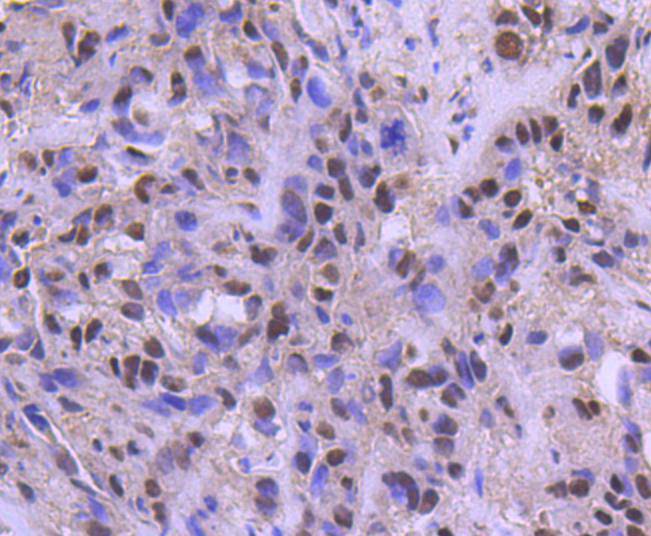
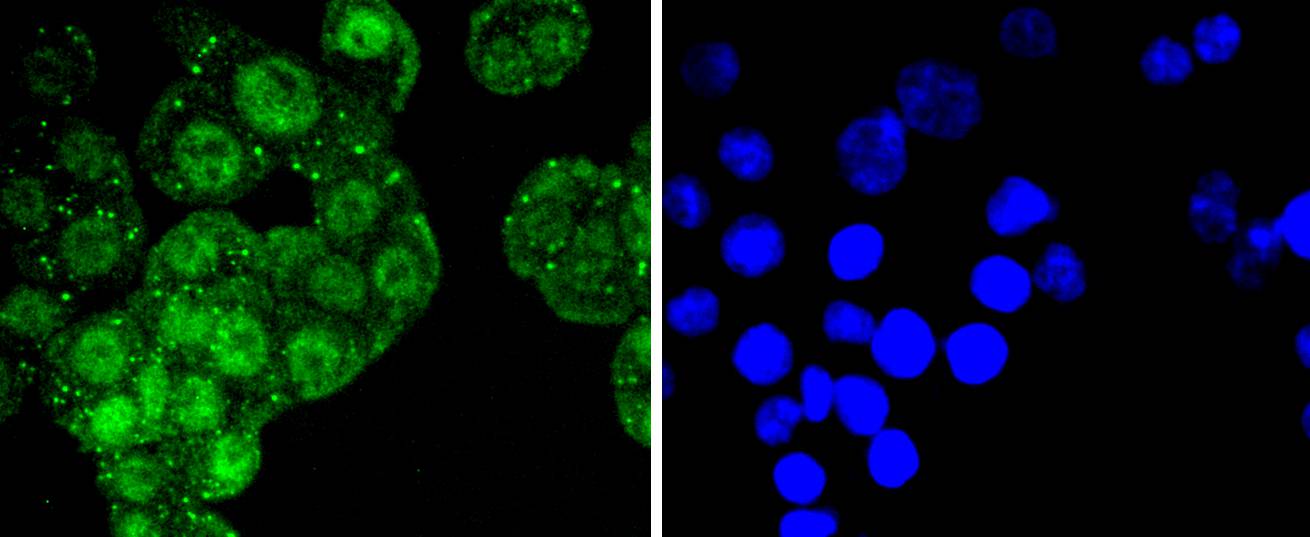
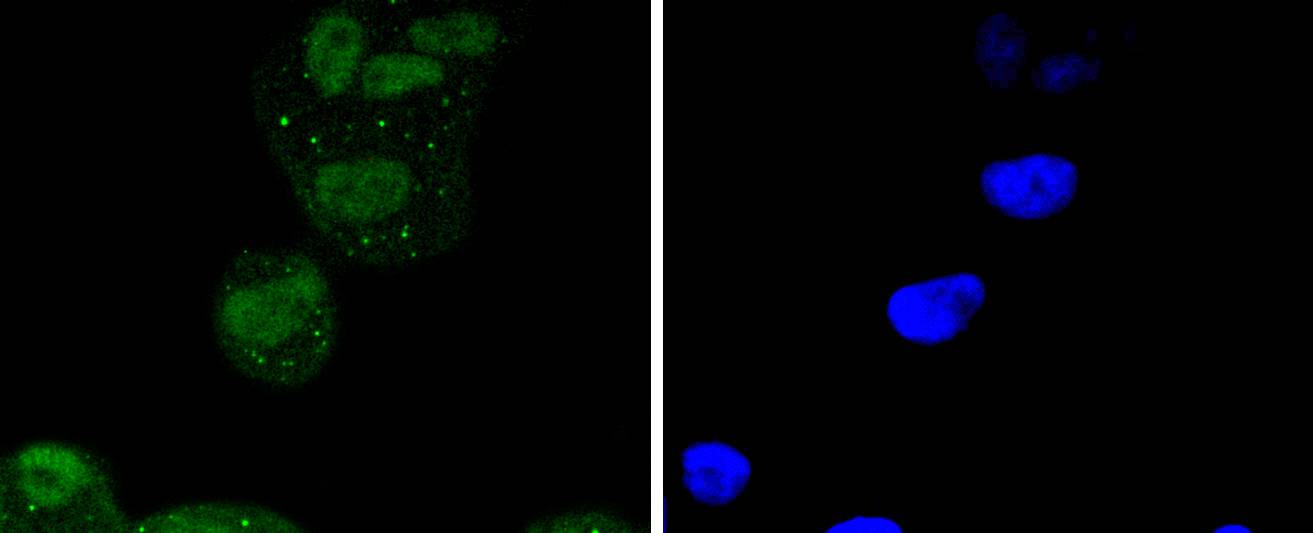
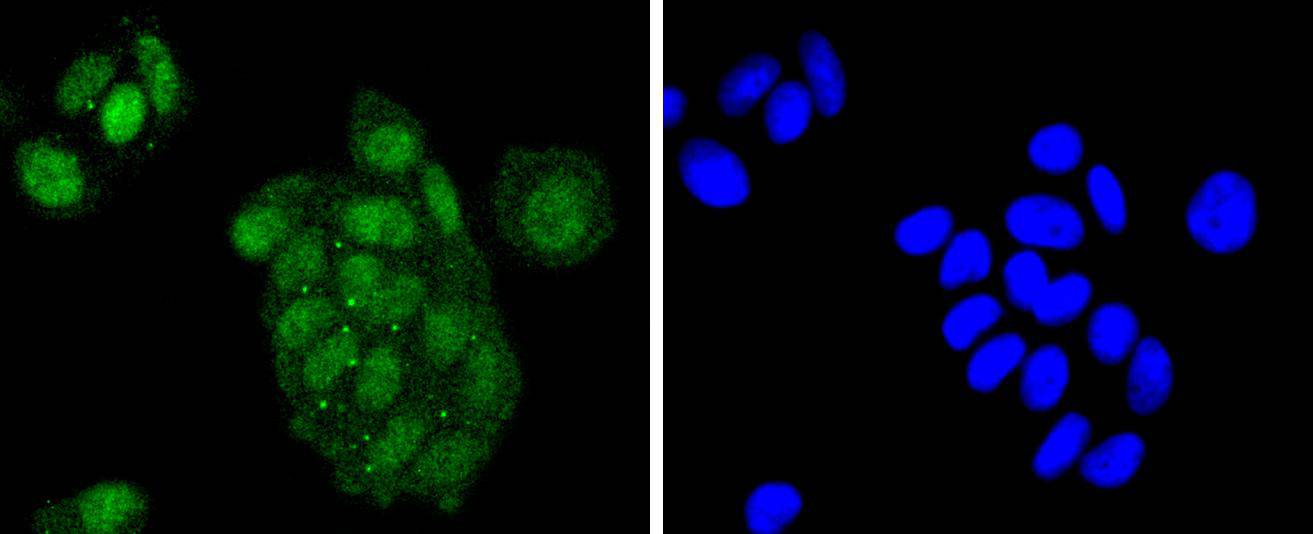
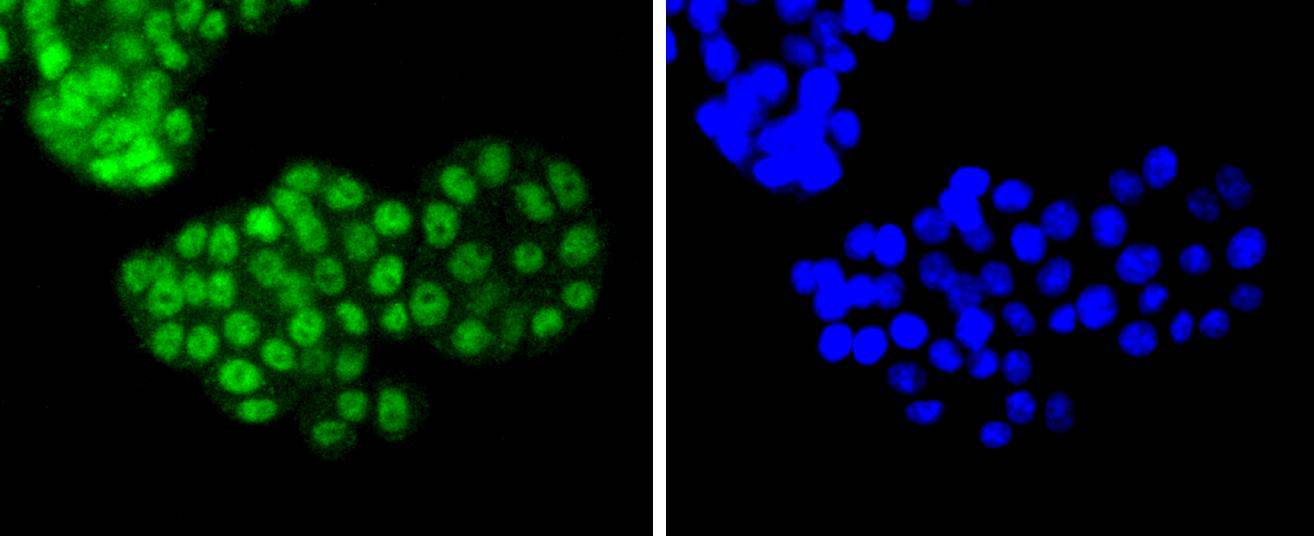
 Yes
Yes



